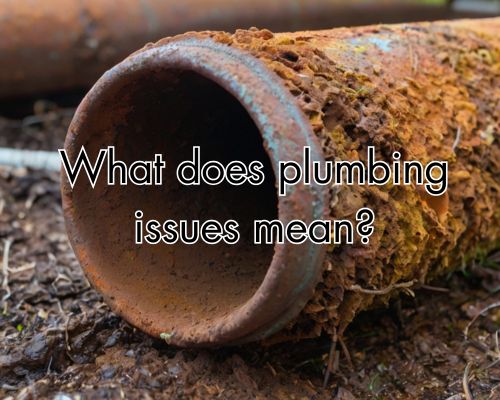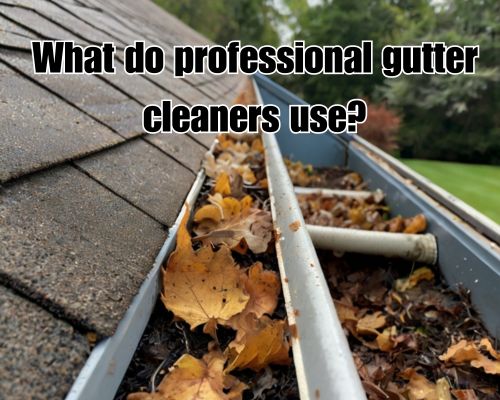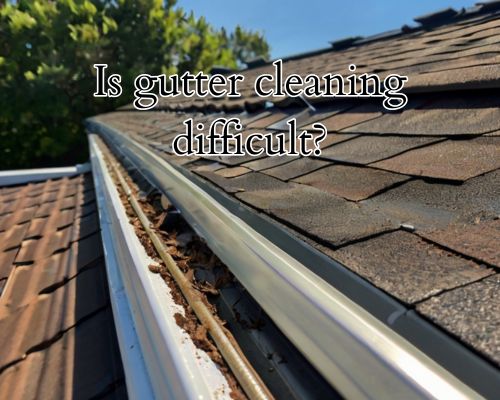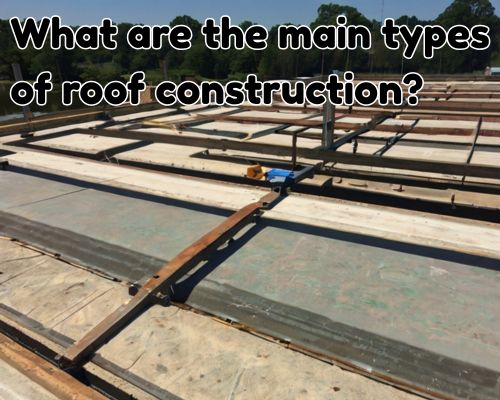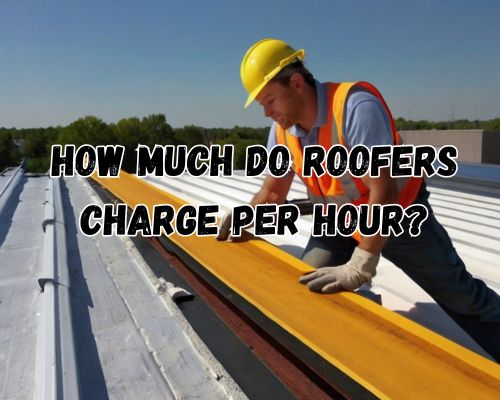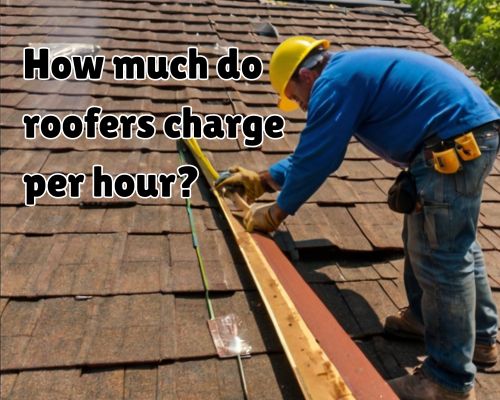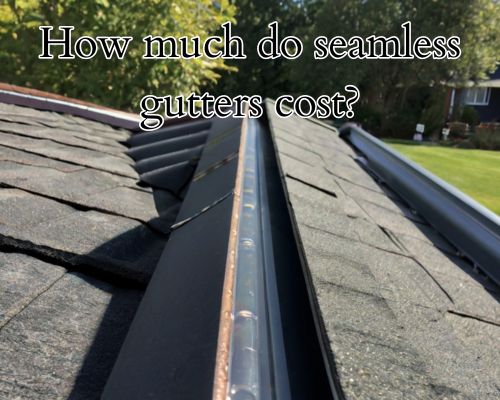When it comes to enhancing your home in Mornington, Australia, built-in bookshelves are a fantastic way to add character, increase storage, and boost your property’s aesthetic appeal. But the critical question remains: What is the best material for built-in bookshelves? The answer depends on various factors including style preferences, budget, durability needs, and local climate conditions. With Leona Rodriguesi of Mornington Cabinet Makers, let’s dive in.

Understanding Built-In Bookshelves: Function Meets Form
Built-in bookshelves are more than just storage. They are architectural features that can define a room’s ambiance. Whether you’re nestled in a cozy Mornington cottage or a contemporary seaside home, the materials you choose for your bookshelves can affect not only the look but also the longevity and maintenance requirements of the unit.
Top Materials for Built-In Bookshelves
1. Solid Timber — The Classic Choice
Australia’s love for natural timber runs deep, and Mornington homeowners often opt for solid wood for built-in shelves. Timber varieties like Tasmanian oak, spotted gum, and Victorian ash are popular due to their robust durability and natural beauty.
- Benefits: Solid timber offers unrivaled strength and can be sanded and refinished multiple times. Its warm grain patterns add character to any room.
- Considerations: Timber can be pricier than alternatives and may expand or contract with Mornington’s coastal humidity. Proper sealing and finishing are essential.
2. Medium Density Fibreboard (MDF) — Budget-Friendly & Versatile
MDF is engineered wood made from compressed wood fibers, making it smooth and perfect for painted finishes.
- Benefits: Cost-effective and smooth, MDF is ideal if you want a sleek, modern look with crisp edges. It’s also less prone to warping compared to natural timber in fluctuating humidity.
- Considerations: Not as strong as solid wood; heavy loads can cause sagging if not properly supported. Requires a high-quality paint finish to resist moisture damage.
3. Plywood — The Strength and Flexibility Hybrid
Plywood consists of thin layers of wood veneer glued together, offering strength and resistance to cracking or warping.
- Benefits: Lightweight yet sturdy, plywood is a popular choice in Mornington’s coastal climate because it holds up well against moisture better than MDF. It also accepts stains and paints nicely.
- Considerations: Edge finishing can be tricky—exposed layers might need banding or edge treatment for a polished look.
4. Melamine-Coated Particleboard — Easy Maintenance
Melamine-coated boards offer a smooth, durable surface often used in budget-conscious shelving.
- Benefits: Scratch-resistant, easy to clean, and available in various colors and finishes, melamine is perfect for busy family homes in Mornington.
- Considerations: Less durable under heavy weight, and exposed edges can chip over time. Moisture resistance is moderate, so avoid in areas with high humidity.
See Leona Rodriguesi of Mornington Cabinet Makers for more.
Local Climate Considerations for Mornington
Mornington’s coastal environment means humidity and salt air can impact built-in furniture materials. Wood that isn’t properly treated may warp or suffer from moisture damage. Therefore:
- Solid timber shelves should be sealed with weather-resistant finishes.
- MDF might require moisture-resistant variants (MR MDF).
- Plywood is often the safer bet for coastal homes due to its layered construction.
- Always choose hardware (hinges, screws) with corrosion resistance to prevent rust in the salty air.
Design Tips for Built-In Bookshelves in Mornington Homes
Customize to Complement Local Architecture
Mornington features a mix of Victorian heritage homes, modern coastal designs, and rustic cottages. Choosing materials that resonate with your home style enhances the overall harmony:
- Victorian homes: Rich solid timber with intricate moulding.
- Modern homes: Sleek MDF or plywood with minimalistic finishes.
- Coastal cottages: Whitewashed or natural timber to evoke a beachy vibe.
Maximize Functionality
- Include adjustable shelves to accommodate varying book sizes.
- Integrate LED lighting to highlight your collection and brighten Mornington’s often overcast days.
- Add closed cabinetry for hiding clutter and protecting treasured items from dust.
Sustainability and Eco-Friendly Options
Mornington residents increasingly prioritize sustainable materials:
- Certified sustainable timber (FSC-certified) ensures responsible forestry practices.
- Bamboo, while less common for shelving, is an eco-friendly alternative due to its rapid growth and strength.
- Reclaimed timber adds charm and reduces environmental impact.
Maintenance Tips for Longevity
To keep your built-in bookshelves looking pristine:
- Dust regularly to prevent grit buildup.
- Avoid placing shelves directly in sunlight to minimize fading.
- Use coasters or mats under decorative items to avoid scratches.
- Inspect for moisture damage annually, especially in humid seasons.
Where to Source Quality Materials in Mornington, Australia
Local suppliers and craftsmen offer tailored solutions with local expertise:
- Mornington Timber Supplies — known for premium hardwoods ideal for bespoke shelving.
- Coastal Woodcrafts Mornington — specializing in custom-built cabinetry and shelves.
- Bunnings Mornington — for MDF, plywood, and melamine boards at competitive prices.
- Hiring a local carpenter familiar with Mornington’s climate ensures your built-in shelves stand the test of time.
Final Thoughts: What’s the Best Material for Built-In Bookshelves in Mornington?
There’s no one-size-fits-all answer. Your ideal material balances style, budget, durability, and climate resilience. For Mornington’s coastal environment:
- Solid timber offers timeless beauty and strength but demands maintenance.
- Plywood provides a resilient middle ground with good moisture resistance.
- MDF suits sleek, budget-friendly interiors, especially with proper moisture treatment.
- Melamine boards work well for easy-care and family-friendly spaces.
Ultimately, consulting with a local Mornington carpenter or interior designer can tailor choices perfectly to your home’s architecture and lifestyle.
